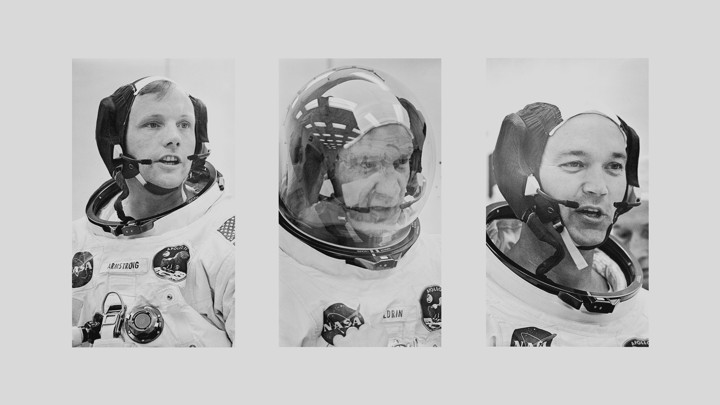Been reading the coffee table version of Michael Palin's travelouge: Himalaya. Finally got the time, when I fell ill, to read the majority of his 6 months journey from the west to the east of these ranges. Lots of pictures. These journeys are in a way a time capsule. Done over a decade and half ago, the same journey today would be a little more dangerous, and tiresome, given the recent geo-political tensions in the area. Michael, being British,and behalf of the BBC, had it a little more easy getting permissions, and approvals. He got to visit Tibet, and China, and still lived to tell the tale. Very few travellers get to see the other side of these mountains.
He brings with him a neutral, outsiders perspective during this journey. He does touch upon the political imbroglio of the region, but he also is not judgemental when he interacts with the locals, and see their traditions. Every community living in the mountains has a reverence for the ranges. Its not for the feeble minded. One has to be able bodied, to live along these slopes. I specially liked the Yunnan,China part of his travels. Here is a community who technically lived in the Himalaya, but addressed them in a different language, different names. They had their own culture, unique in their own way.
It is fascinating reading about the people who live so close to these mountains, and take the majestic views for granted. These are very seismically active regions, the Himalayas itself is the worlds youngest mountain range, having been created in the subduction zone of two tectonic plates. With only a few local airports, and no trains, they rely completely on roadways and rivers to get around. Weather conditions are extreme, and only a few kind of plants and vegetables grow. Over in Yunan, they consume a lot of meat to stay warm. But down in Nepal and Bhutan, with majority vegetarians, I wonder what they eat to beat the biting cold.
Living in relative comfort of modern cities, it is easy to take our lives for granted. Living in the Himalaya is not for the faint hearted. This has been an enriching read, and I hope one day of travelling in the mountains myself.

